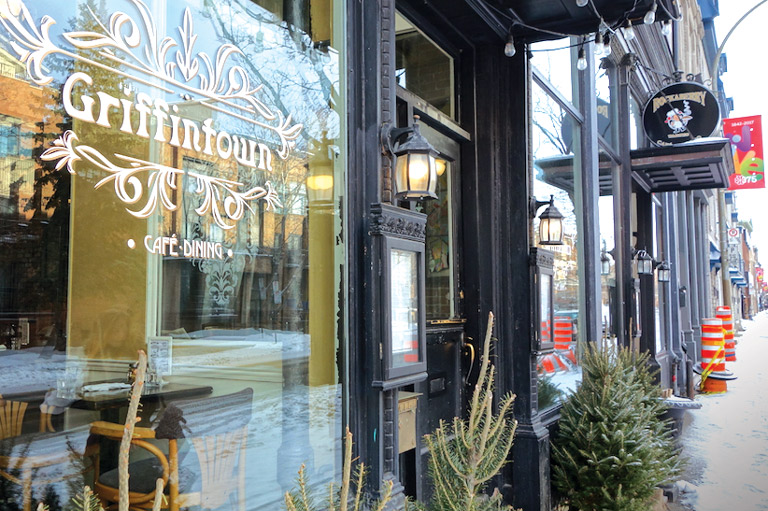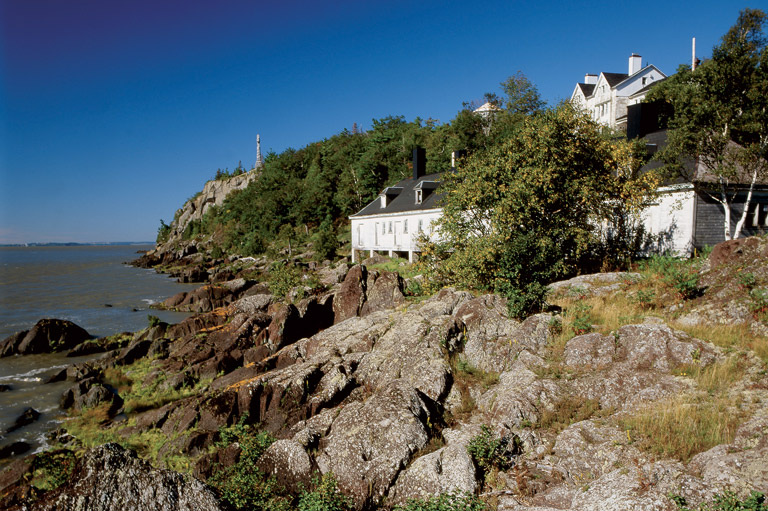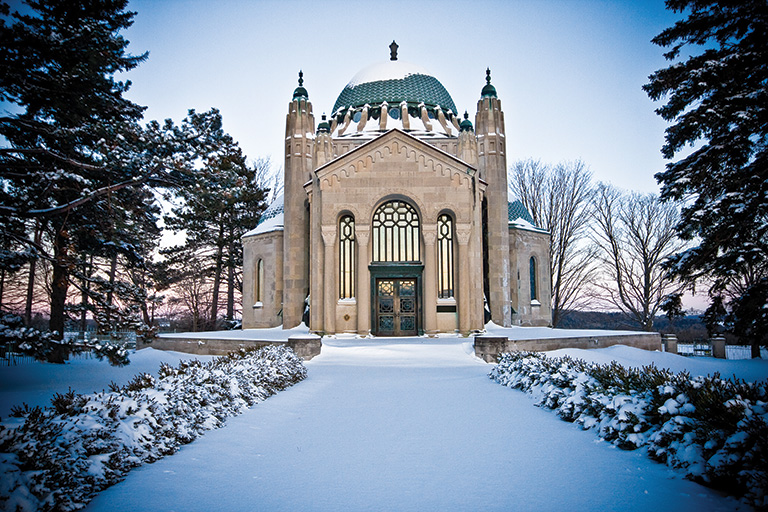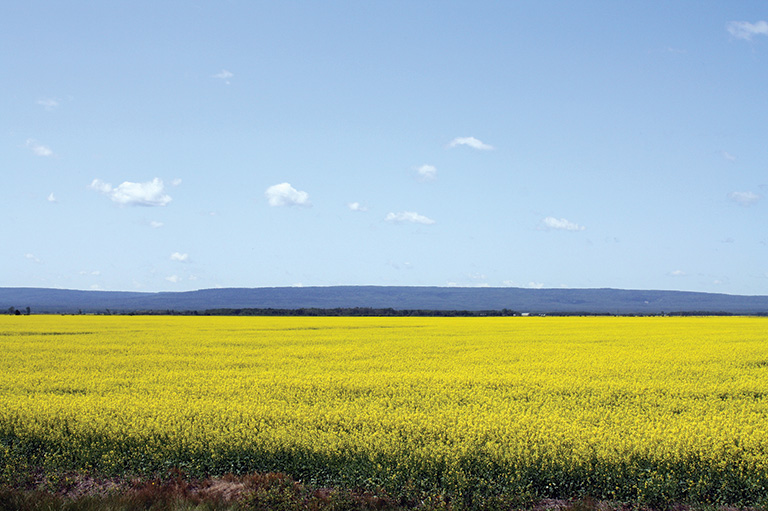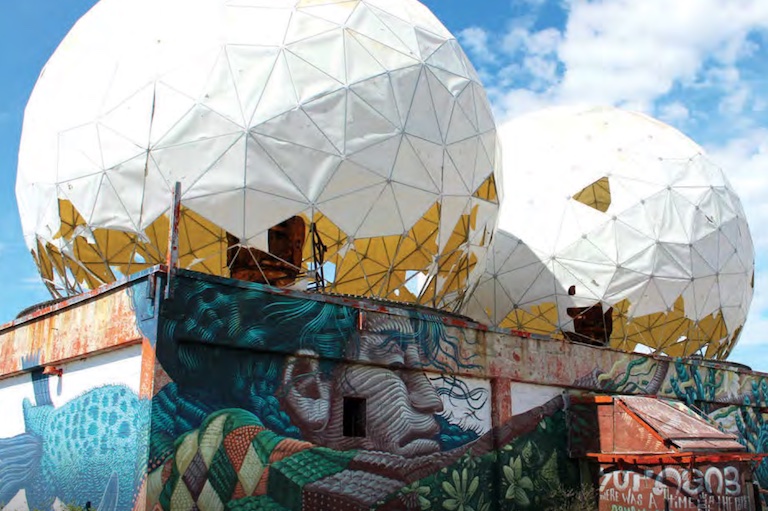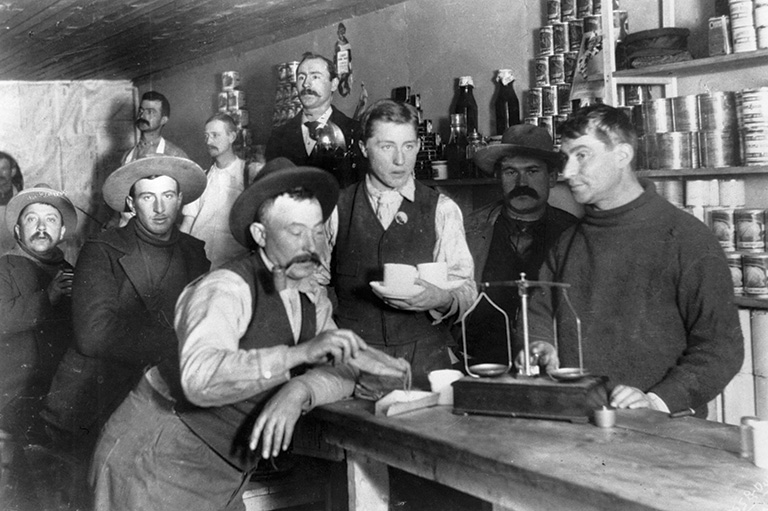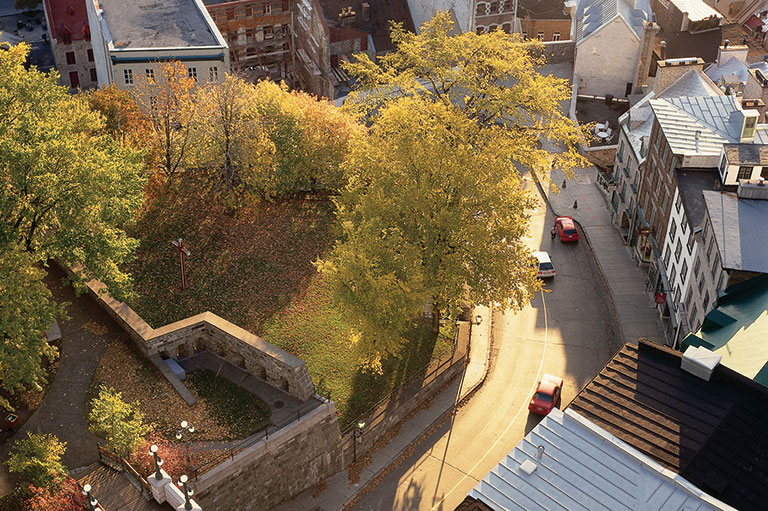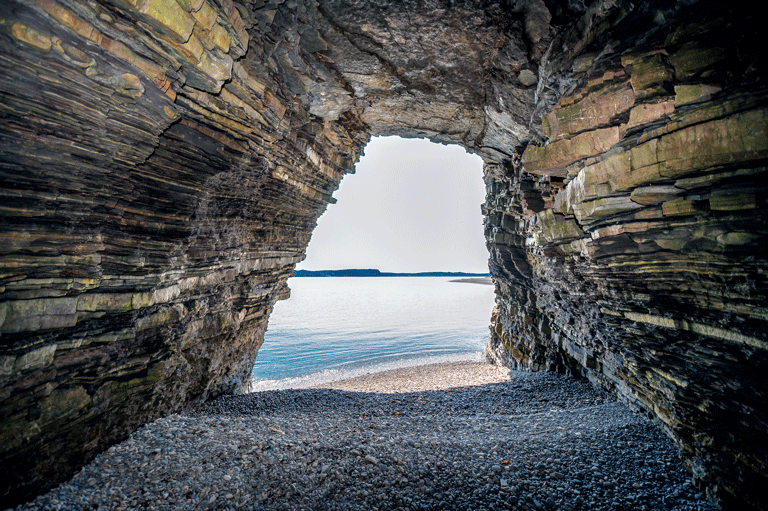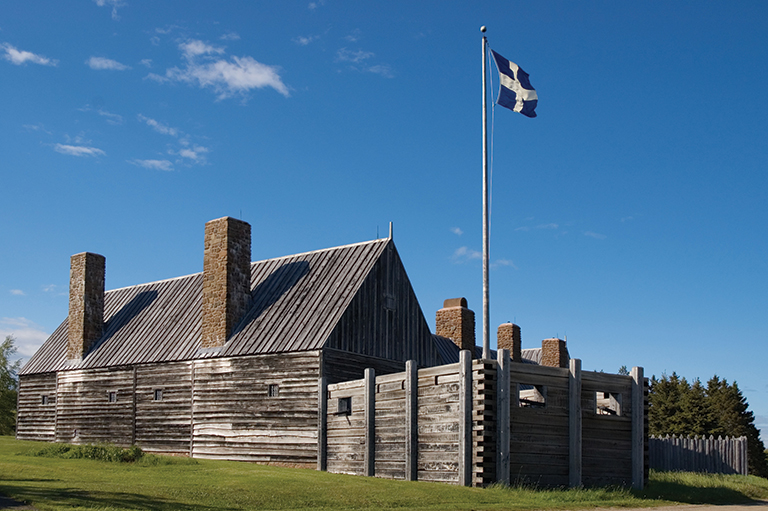An Irish Town Honours its Great Canadian
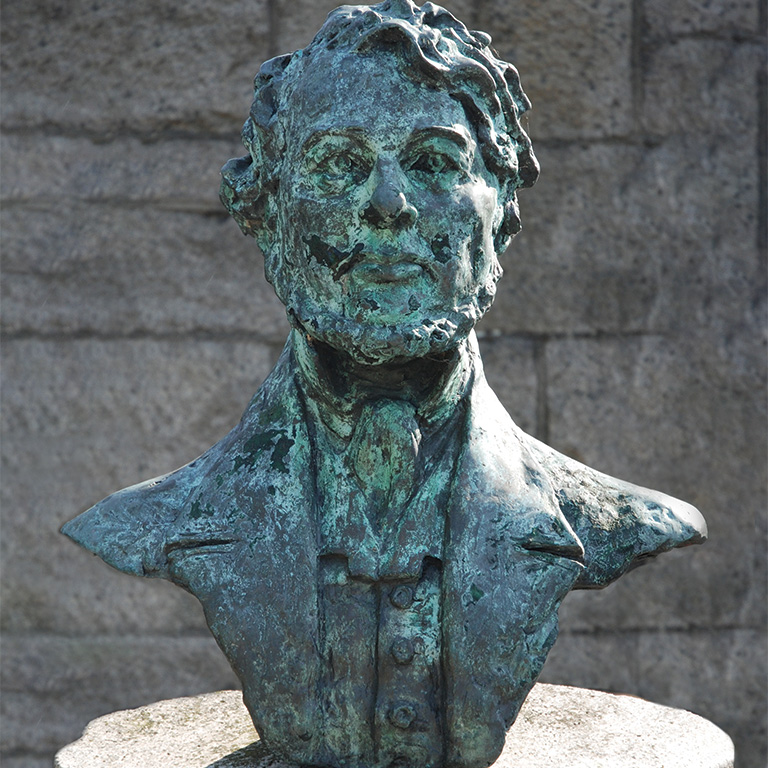
On a sunny Saturday in June, the streets of Carlingford, Ireland, are full of tourists — a welcome sight after fifteen months of the COVID-19 shutdown.
Carlingford has a population of 1,500. There aren’t quite that many tourists in the streets yet, but the numbers augur well for the oncoming season.
The tourists come for the town’s scenery, hiking, and history. They enjoy the quaint shops, the tea rooms, and the bike rentals. They take guided tours of the well-preserved castle and stroll through a medieval layout of streets where the buildings are painted a dazzling array of colours. Some of the buildings have stood since the fifteenth century. The castle dates back to the year 1190.
Most tourists don’t pause to read the inscription below the bust near the old railway station that recently served as Carlingford’s tourist information centre. It notes that former Canadian Prime Minister Brian Mulroney unveiled this memorial in 1991. The station itself proudly displays a print of a nineteenth-century photograph: a dapper man in bow tie and frock coat holding a top hat and a walking stick.
A few blocks away on a whitewashed wall, a plaque reads: “Birthplace of Thomas D’Arcy McGee, 1825–1868.” The text continues: “Thomas D’Arcy McGee spent his formative years in a house on this site. He had, by any standards, a remarkable life: political journalist, orator, Irish rebel leader, American newspaper proprietor, and most lastingly as a pioneering Canadian parliamentarian.”
Thomas D’Arcy McGee may be Ireland’s greatest gift to Canada, but he is not well-known in his homeland. More famous here are his early colleagues in rebellion against Britain, some of whom laid the foundations for the Fenian Brotherhood. In 1868 the Fenians assassinated McGee on his Ottawa doorstep.
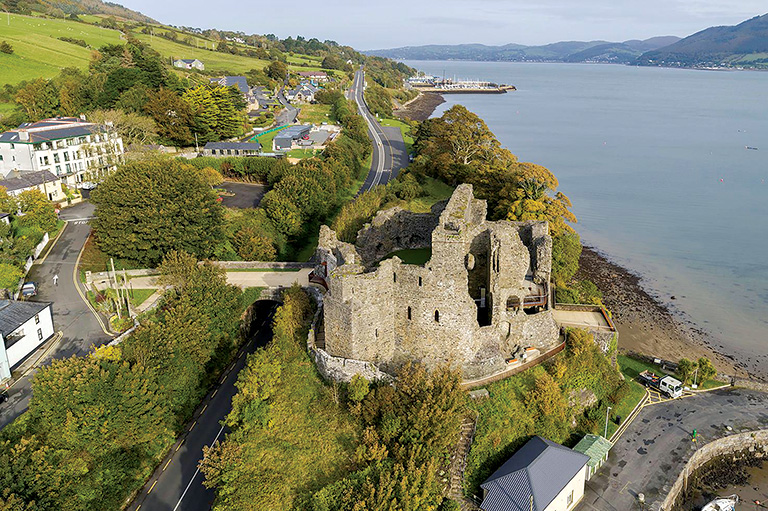
Irish rebels of that day considered McGee a traitor. He had become the outspoken champion for a new nation in British North America, a poet and orator who was the first to articulate a vision for what would become a transcontinental Canada. And, as an Irish Catholic living in Montreal, he was the Father of Confederation who devised constitutional solutions to one of the vexing political problems of his day: how to protect minority rights in the new Dominion.
McGee’s legacy on minority rights has sparked a new interest in his life and career, as well as new consideration of how the lessons learned might be applied to Ireland’s own complex history. For a decade, Carlingford’s annual Thomas D’Arcy McGee Summer School has provided a forum for leaders from the Republic of Ireland, Northern Ireland, and Canada to consider contemporary issues through the lens of McGee’s life and achievements.
The initial driving force for the summer school came from former politician and diplomat Loyola Hearn when he was Canada’s ambassador to Ireland. A keen student of Irish history and culture, he worked with Pat O’Callaghan, Tommy Fegan, and Anthony Russell, founders of the Thomas D’Arcy McGee Foundation. The Carlingford Heritage Trust also came on board to help to highlight the birthplace of this great Canadian.
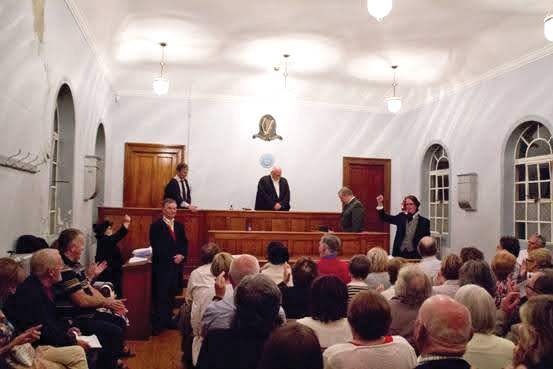
Located on the border between the Republic of Ireland and Northern Ireland, Carlingford is well-situated to bring different perspectives to geopolitical issues. The summer school gathers scholars, academics, politicians, and public-policy advocates for two days of speeches, panel discussions, music, and theatre, all built around each year’s topical theme. And, as the Irish say, “the craic is mighty” — that is, there are great conversations among friends old and new.
The COVID-19 pandemic has moved the 2021 event online. On November 16 and 17 — it’s not a “summer” school this year — people in Canada and around the world can join the Irish in applying McGee’s lessons to contemporary issues. This year’s theme is “Diversity and Inclusion,” and the event will incorporate discussions arising from the renewal of tensions in Northern Ireland as well as the Black Lives Matter movement.
As well as organizing the summer school, the Carlingford Heritage Trust was instrumental in creating an excellent exhibition at the local tourism office that outlined the evolution of McGee’s career. It included a plaster cast of McGee’s hand, a wanted poster for McGee’s assassin, and, for a time, the pistol of Patrick James Whelan, who was hanged for shooting McGee.
Entitled Thomas D’Arcy McGee: Irish Rebel — Canadian Patriot, the exhibition is being moved from Carlingford to Dublin, Ireland, where it will eventually be showcased at EPIC The Irish Emigration Museum. At both the 2019 and 2020 World Travel Awards, EPIC was voted Europe’s leading tourist attraction.
Meanwhile, in the Dublin suburb of Templeogue, a popular pub takes its name from a statesman who is virtually unknown to those who come for a meal or a pint. The walls of D’Arcy McGee’s Bar and Restaurant display photos of McGee as a young man and as a mature politician.
You can read the proclamation offering $2,000 for information leading to the capture of his assassin. And a photograph shows the crowds that lined Montreal’s streets for McGee’s funeral — the largest in Canada’s history.
Most of the Dublin pub’s clientele haven’t a clue who McGee was. But, with the opening of the EPIC exhibition, more customers will be able to join with the people of Carlingford and its summer school students in appreciating the Irishman who made significant contributions to Canada.
IF YOU GO
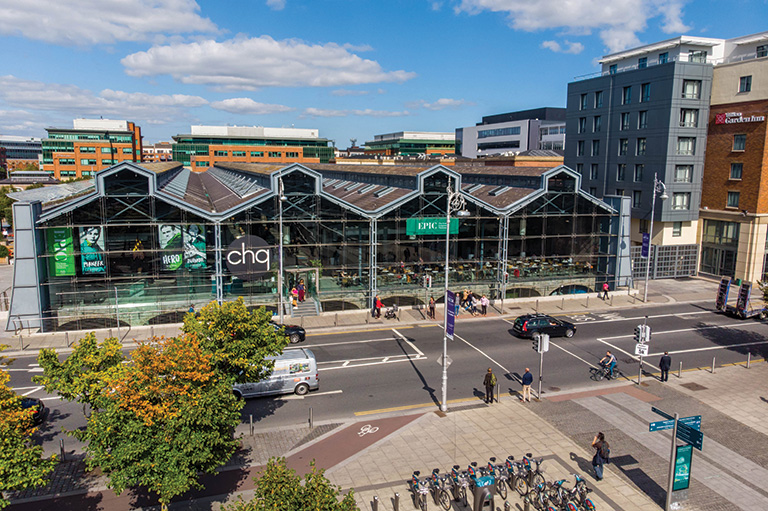
GETTING THERE: Carlingford is a ninety-minute drive north from Dublin or an hour south from Belfast.
WHERE TO STAY: Accommodations are available for every taste and budget. Camping and trailer parking are available nearby.
EXPLORE: The town boasts many pubs and restaurants, especially in and near the medieval market square. Kitchens tend to close at 9:00 p.m. A local breakfast favourite is Ruby Ellen’s Tea Rooms.
BRING: Carlingford is small and easily walkable. A network of hiking and biking trails runs through the Cooley Mountains and along the shoreline of Carlingford Lough. Seacoast beaches are popular, and a ferry runs from Greenore, in the Irish Republic, across the lough to Greencastle in Northern Ireland. The Carlingford Heritage Centre offers guided tours of Carlingford Castle and the medieval town.
Themes associated with this article
Advertisement
You might also like...
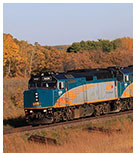
Canada’s History and its partners offer unique, history-based tours at home and abroad throughout the year.
Help support history teachers across Canada!
By donating your unused Aeroplan points to Canada’s History Society, you help us provide teachers with crucial resources by offsetting the cost of running our education and awards programs.

